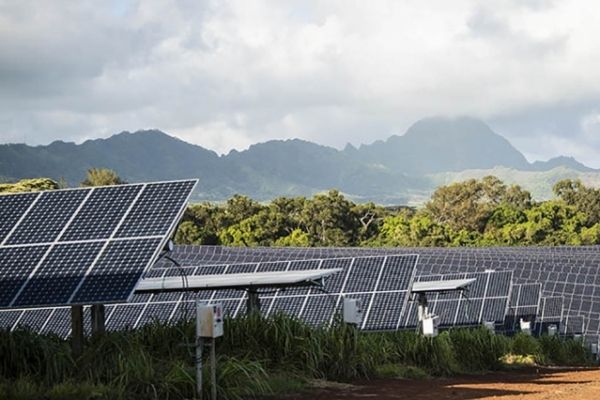When it comes to fulfilling ambitious energy and climate commitments, few nations successfully walk their talk. A case in point is the Paris Agreement initiated four years ago. Nearly 200 signatory nations submitted voluntary pledges to cut their contribution to the world’s greenhouse gas emissions by 2030, but many are not on track to fulfill these pledges. Moreover, only a small number of countries are now pursuing climate policies consistent with keeping global warming well below 2 degrees Celsius, the long-term target recommended by the Intergovernmental Panel on Climate Change (IPCC).
This growing discrepancy between current policies and long-term targets — combined with uncertainty about individual nations’ ability to fulfill their commitments due to administrative, technological, and cultural challenges — makes it increasingly difficult for scientists to project the future of the global energy system and its impact on the global climate. Nonetheless, these projections remain essential for decision-makers to assess the physical and financial risks of climate change and of efforts to transition to a low-carbon economy.
Toward that end, several expert groups continue to produce energy scenarios and analyze their implications for the climate. In a study in the journal Economics of Energy & Environmental Policy, Sergey Paltsev, deputy director of the MIT Joint Program on the Science and Policy of Global Change and a senior research scientist at the MIT Energy Initiative, collected projections of the global energy mix over the next two decades from several major energy-scenario producers.
Continue reading at Massachusetts Institute of Technology
Image via Massachusetts Institute of Technology


